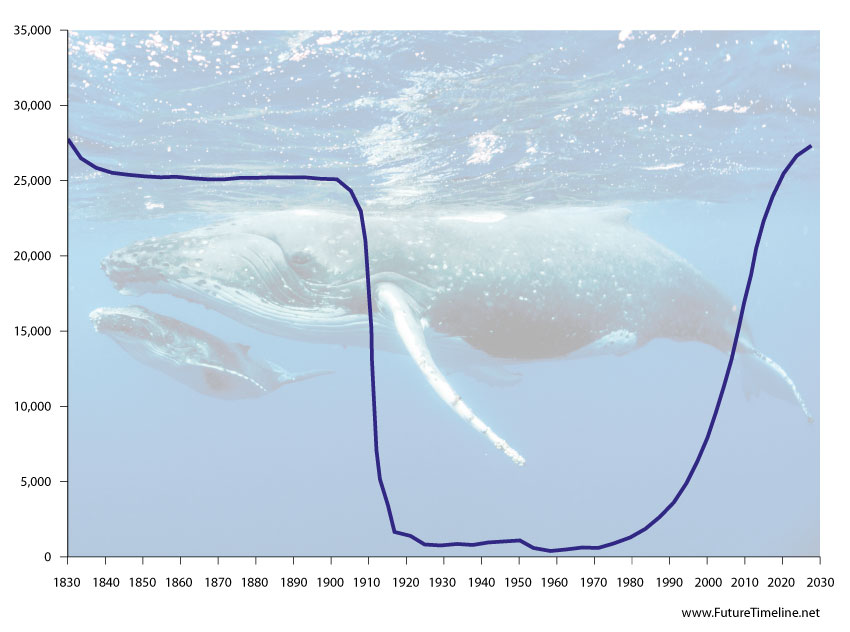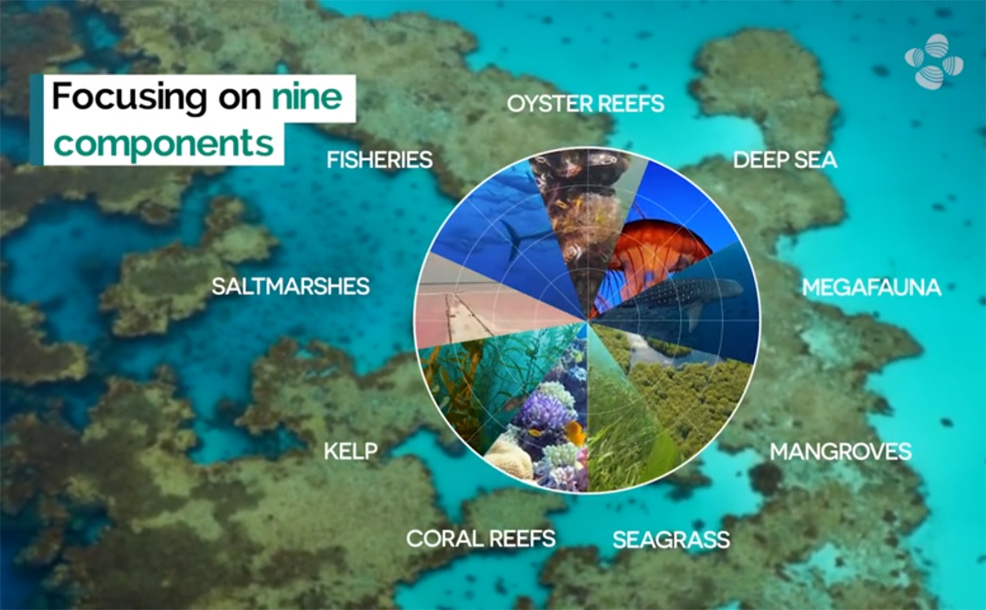
4th April 2020 World's oceans can be restored by 2050 Around the world, nations face the political difficulty of balancing economic needs and environmental protection. Many people question whether saving the Earth is even possible at this point. However, one aspect of restoring our planet – returning marine life to abundance – is at least technically feasible by 2050.
An international study, led by researchers at King Abdullah University of Science & Technology (KAUST), Saudi Arabia, lays out an essential roadmap of actions required over the next 30 years. The project brings together some of the world's leading marine experts – working across 10 countries and 16 universities in addition to KAUST. "We are at a point where we can choose between a legacy of a resilient and vibrant ocean, or an irreversibly disrupted ocean," said Carlos Duarte, Professor of Marine Science and Chair of Marine Ecology at the Red Sea Research Center. "Our study documents recovery of marine populations, habitats and ecosystems following past conservation interventions. It provides specific, evidence-based recommendations to scale proven solutions globally." Although humans greatly impacted marine life in the past, the researchers found evidence of a remarkable resilience. Notably, they describe an emerging shift in recent years – from steep losses of life throughout the 20th century, to a slowing down of losses – and in some cases even recovery – over the first two decades of the 21st century. The evidence, such as the recovery of humpback whales, highlights that the abundance of marine life can be restored if the right policies are put into place, enabling a more sustainable ocean economy. Humpback whales are a particularly good example. Having been on the verge of extinction for 80 years, the animals made a spectacular comeback from the 1980s onwards and are now on track to completely recover their pre-industrial numbers by 2030.
Humpback whale numbers, 1830 to the present day. The graph includes a future projection for 2030.
The review states that the recovery rate of marine life can be accelerated to achieve substantial recovery within two to three decades for most components of marine ecosystems, provided that climate change is addressed, and efficient interventions are deployed at large scale. By studying the impact of previously successful ocean conservation interventions and recovery trends, the researchers identified nine components integral to rebuilding marine life: salt marshes, mangroves, seagrasses, coral reefs, kelp, oyster reefs, fisheries, megafauna and the deep sea. By stacking a combination of six complementary interventions, which they call "recovery wedges," the report identifies specific actions within the broad themes of protecting species, harvesting wisely, establishing and maintaining protected zones, restoring habitats, reducing pollution and the mitigation of climate change. The actions recommended include opportunities, benefits, possible roadblocks and remedial actions, giving a realistic and tangible roadmap to deliver a healthy ocean for people and the planet.
If all recovery wedges are activated at scale, most of the world's marine life could be restored to abundance within one human generation, i.e. by 2050, based on the recovery timescales of previously damaged species and ecosystems. "Rebuilding marine life represents a doable grand challenge for humanity, an ethical obligation and a smart economic objective to achieve a sustainable future," said Susana Agusti, KAUST professor of marine science. A key element identified for success is the mitigation of climate change by reducing greenhouse gas emissions. Impacts from "locked in" climate change already limit the scope for rebuilding tropical corals to a partial (rather than substantial) recovery. The goal of rebuilding the abundance of marine life can only succeed if the most ambitious goals within the Paris Agreement are reached. Success largely depends on the support of a committed, resilient global partnership of governments and societies. It will require a substantial commitment of financial resources – up to $20bn a year – but the longer-term economic, social and environmental gains from restoring marine life will be far-reaching, with an expected return of $10 for every dollar invested, the report states. "We have a narrow window of opportunity to deliver a healthy ocean to our grandchildren's generation, and we have the knowledge and tools to do so," said Professor Duarte. "Failing to embrace this challenge – and in so doing condemning our grandchildren to a broken ocean unable to support high-quality livelihoods – is not an option."
Comments »
If you enjoyed this article, please consider sharing it:
|









